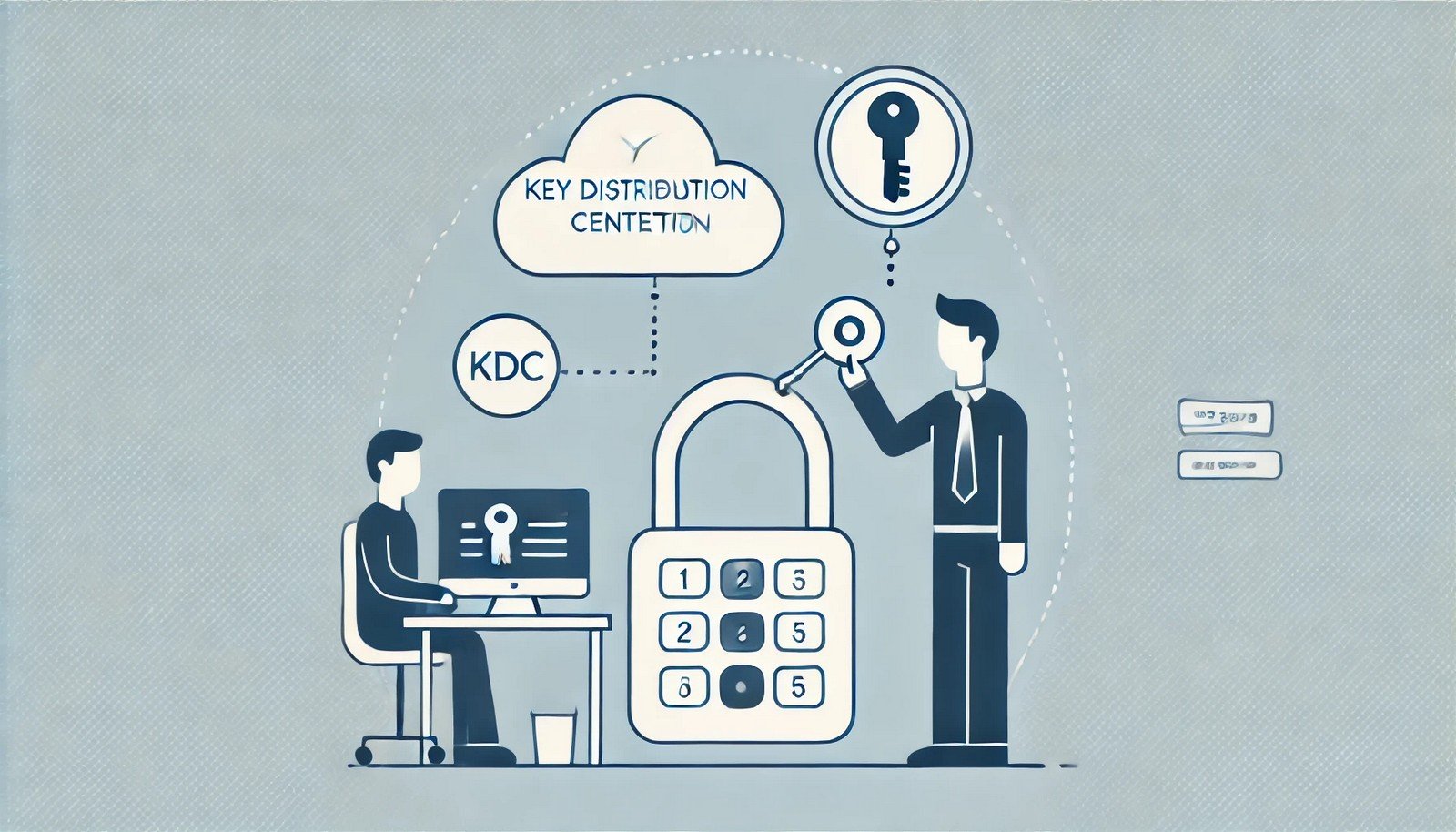Kerberos Authentication

(Representational Image | Source: Dall-E)
Quick Navigation:
- Kerberos Authentication Definition
- Kerberos Authentication Explained Easy
- Kerberos Authentication Origin
- Kerberos Authentication Etymology
- Kerberos Authentication Usage Trends
- Kerberos Authentication Usage
- Kerberos Authentication Examples in Context
- Kerberos Authentication FAQ
- Kerberos Authentication Related Words
Kerberos Authentication Definition
Kerberos Authentication is a network security protocol designed to provide strong authentication for client-server applications. It uses a system of secret-key cryptography and a trusted third party, the Key Distribution Center (KDC), to verify the identities of users and services over non-secure networks. Kerberos eliminates the need to send passwords over the network, reducing the risk of credential interception. It operates through ticket-granting mechanisms, where users obtain a Ticket Granting Ticket (TGT) to securely access various network resources without repeatedly entering credentials.
Kerberos Authentication Explained Easy
Imagine you want to enter a theme park with a special pass. Instead of showing your ID at every ride, you first go to the main booth, where they verify your identity and give you a wristband. Now, you can show this wristband at every ride instead of your ID. Kerberos works similarly by providing a “ticket” after verifying your identity, allowing you to access services without entering your password every time.
Kerberos Authentication Origin
Kerberos was originally developed at the Massachusetts Institute of Technology (MIT) in the 1980s as part of Project Athena. It was designed to secure network communications in an era when password-based authentication was becoming increasingly vulnerable. The protocol has since evolved into an industry-standard authentication system, widely used in enterprises, government networks, and large IT infrastructures.
Kerberos Authentication Etymology
The name "Kerberos" comes from Greek mythology, referring to the three-headed dog that guards the gates of the underworld. The choice reflects the protocol's role in guarding network authentication through its three main components: the client, the Key Distribution Center (KDC), and the server.
Kerberos Authentication Usage Trends
Kerberos authentication has remained a cornerstone in network security, especially in enterprise environments. It is integral to Windows Active Directory, used in Unix-based systems, and plays a crucial role in single sign-on (SSO) implementations. With the rise of cloud computing and hybrid networks, Kerberos is being adapted for secure authentication across diverse IT infrastructures.
Kerberos Authentication Usage
- Formal/Technical Tagging:
- Network Security
- Authentication Protocols
- Enterprise IT - Typical Collocations:
- "Kerberos authentication ticket"
- "Kerberos protocol for network security"
- "Kerberos single sign-on"
- "Active Directory and Kerberos"
Kerberos Authentication Examples in Context
- A corporate network uses Kerberos to allow employees to log in once and access multiple internal systems securely.
- Cloud service providers integrate Kerberos authentication to ensure secure access to virtual machines and applications.
- Universities implement Kerberos to authenticate students and faculty for online academic resources.
Kerberos Authentication FAQ
- What is Kerberos authentication?
Kerberos is a secure authentication protocol that verifies identities using encrypted tickets rather than transmitting passwords. - How does Kerberos authentication work?
It operates through a Key Distribution Center (KDC), which issues time-limited tickets after verifying user credentials. - Why is Kerberos considered secure?
It uses symmetric-key cryptography, mutual authentication, and eliminates plaintext password transmission. - Is Kerberos used in Windows authentication?
Yes, Kerberos is the default authentication protocol for Windows Active Directory environments. - What is the Ticket Granting Ticket (TGT) in Kerberos?
A TGT is a temporary credential issued by the KDC that allows users to request access to services without re-entering passwords. - Can Kerberos work in cloud environments?
Yes, Kerberos is adapted for hybrid cloud security solutions, ensuring secure authentication across networks. - What are the vulnerabilities of Kerberos?
If the Key Distribution Center (KDC) is compromised, attackers can issue fraudulent tickets, compromising security. - How does Kerberos compare to other authentication protocols?
Unlike NTLM, which relies on challenge-response authentication, Kerberos provides mutual authentication and ticket-based access. - What systems commonly use Kerberos?
It is widely used in Windows Active Directory, Linux, macOS, and enterprise security frameworks. - Is Kerberos still relevant today?
Yes, it remains a foundational authentication protocol in enterprises, data centers, and cloud security.
Kerberos Authentication Related Words
- Categories/Topics:
- Network Security
- Cybersecurity Protocols
- Enterprise Authentication
Did you know?
Kerberos is so integral to Windows authentication that disabling it in an enterprise network can lead to massive disruptions, preventing users from logging in and accessing critical business applications.
PicDictionary.com is an online dictionary in pictures. If you have questions or suggestions, please reach out to us on WhatsApp or Twitter.Authors | Arjun Vishnu | @ArjunAndVishnu

I am Vishnu. I like AI, Linux, Single Board Computers, and Cloud Computing. I create the web & video content, and I also write for popular websites.
My younger brother, Arjun handles image & video editing. Together, we run a YouTube Channel that's focused on reviewing gadgets and explaining technology.



Comments powered by CComment